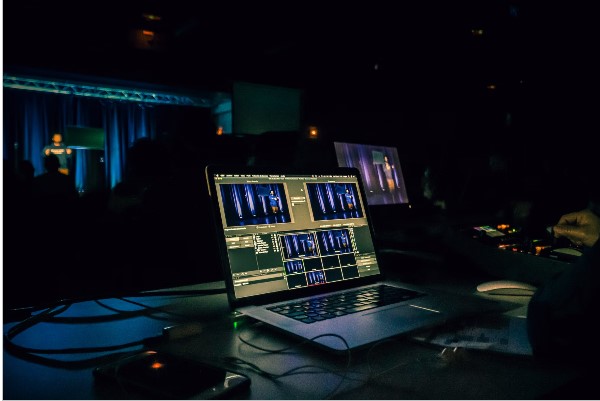How Streaming Transformed the Entertainment Industry

The entertainment industry has gone through a massive upheaval over the past few decades. Technology has continuously advanced, allowing for new and innovative content creation and consumption by people worldwide.
In particular, streaming services have revolutionized how media are distributed and enjoyed – giving us entirely new experiences that were previously unimaginable. These shifts have drastically altered what we enjoy in our free time and ushered in immense changes within the industry, as production studios scramble to find ways to best connect with their audiences.
In this article, we’ll explore how streaming transformed the entertainment landscape and continues to shape its future.
The Rise of Streaming Services
Streaming services began to gain traction in the mid-2000s, with the launch of platforms like YouTube and Netflix’s transition from DVD rental into streaming. Initially met with skepticism, streaming media over the Internet quickly gained popularity due to its ease of use, affordability, and vast content library.
Over the next decade, more players entered the field, including Amazon Prime, Disney+, HBO Max, and Hulu, offering an even more diverse range of content. Today, streaming services dominate the entertainment industry, with millions of subscribers worldwide. They have redefined how we consume media, providing unlimited access to various entertainment options.
Impact on Traditional Media
Streaming services have significantly impacted traditional media, particularly in television and cinema. The “cord-cutting” phenomenon has seen many households opting to replace their cable subscriptions with streaming services, drawn in by lower costs and the convenience of on-demand viewing.
Furthermore, the traditional movie release model has been disrupted, with many production houses now opting to release films directly on streaming platforms, especially during the global pandemic.
This shift towards digital media consumption has posed significant challenges for traditional broadcasters and film studios, forcing them to adapt their strategies to stay relevant and competitive in the new digital landscape.
The Evolution of Content Production
In the traditional system, television shows and movies were produced to attain a high viewership to attract advertisers. With the ad-free subscription model of streaming platforms, the focus has shifted towards creating high-quality, engaging content to retain and attract subscribers.
Original content creation has become a significant part of the strategy for many streaming services. Companies like Netflix and Amazon Prime invest heavily in producing their shows and movies, often targeting niche audiences and exploring themes that traditional networks may have overlooked. This approach has led to a new wave of innovative and diverse content, pushing the boundaries of storytelling and expanding the scope of produced genres.
The proliferation of streaming services has also led to the globalization of content. Shows and movies are now produced and distributed worldwide, enabling audiences to access content from different cultures and languages, fostering a more inclusive and diverse entertainment landscape. One notable example is the influx of successful international shows like “Money Heist” from Spain or “Squid Game” from South Korea.
Streaming and Audience Engagement
The instantaneous nature of streaming, coupled with the power of choice, allows viewers to watch what they want when they want. Binge-watching, a phenomenon popularized by streaming, represents a new form of viewer engagement where an entire season of a series can be consumed in one sitting.
Notably, this trend extends beyond traditional TV series or movies. For example, top casino games for NJ players are now streamed, allowing players to join in the action from the comfort of their homes. Moreover, streaming platforms offer personalized recommendations based on user behavior and preferences, enhancing content discovery and engagement.
Interactivity is another key dimension of audience engagement in the streaming era. Platforms like Twitch have popularized live streaming, where viewers can interact directly with content creators in real-time. Similarly, the gambling industry has leveraged streaming technology to create live casino games, further bridging the gap between physical and digital experiences for NJ players.


